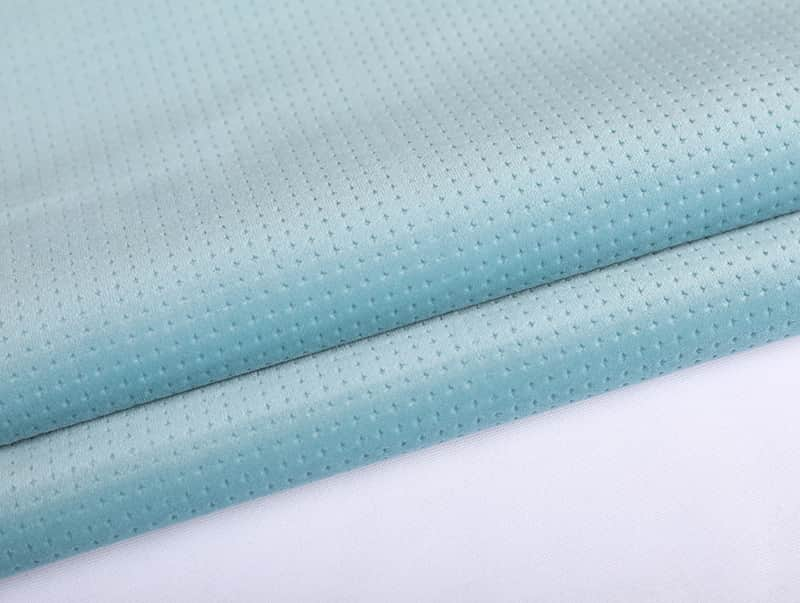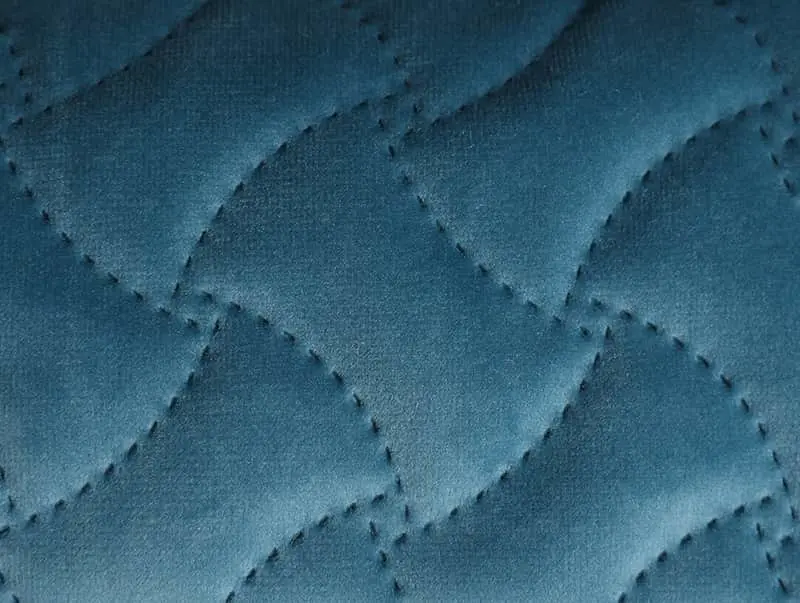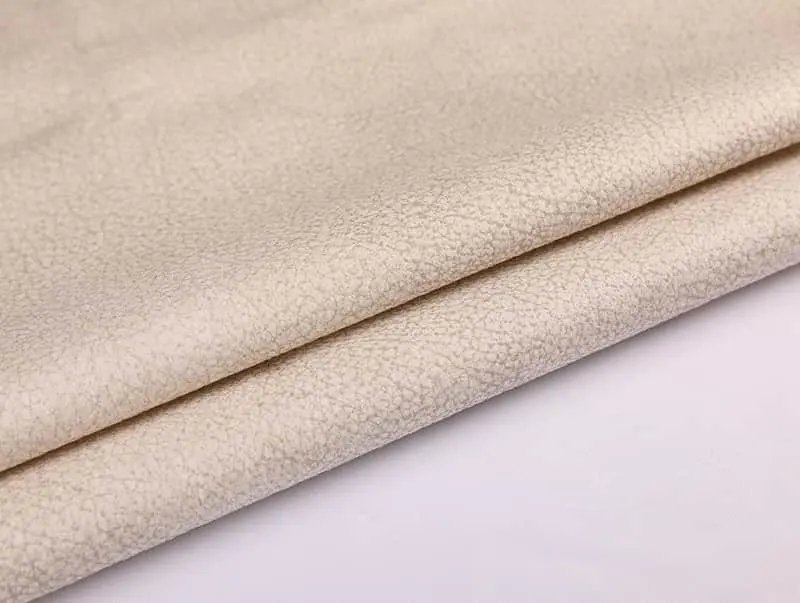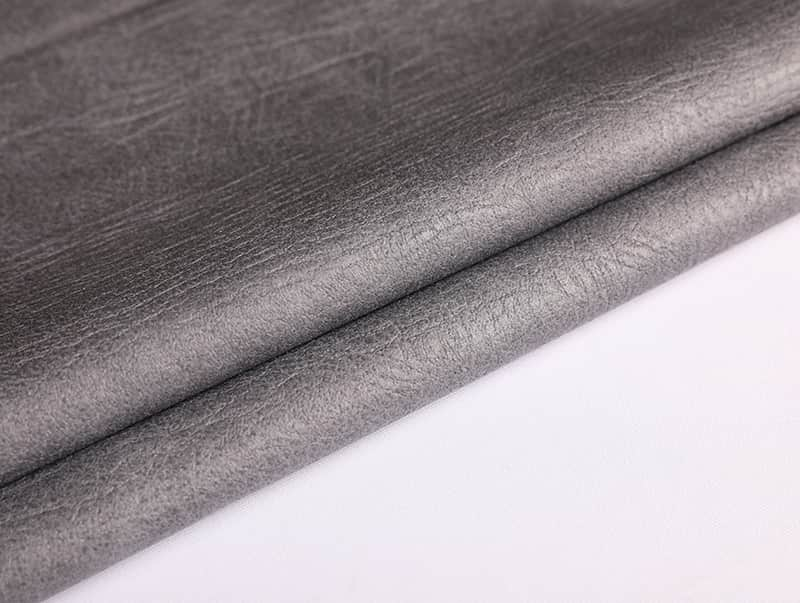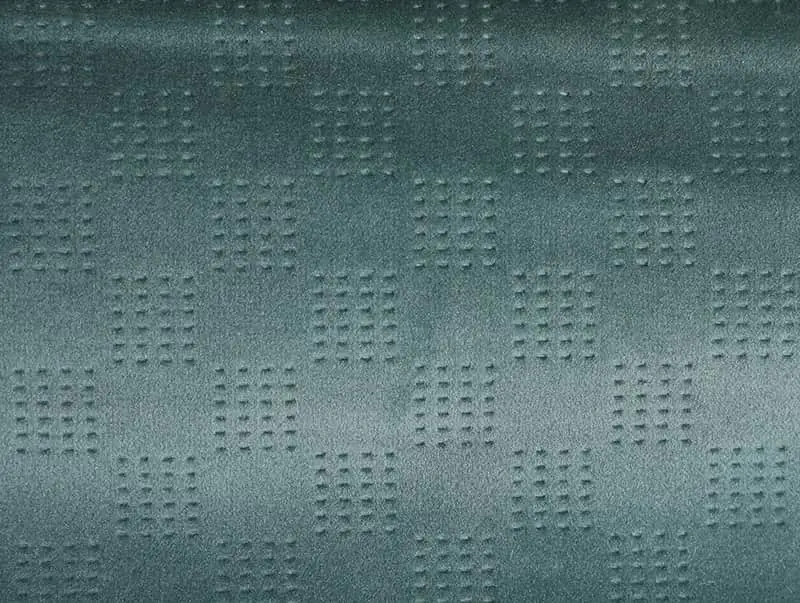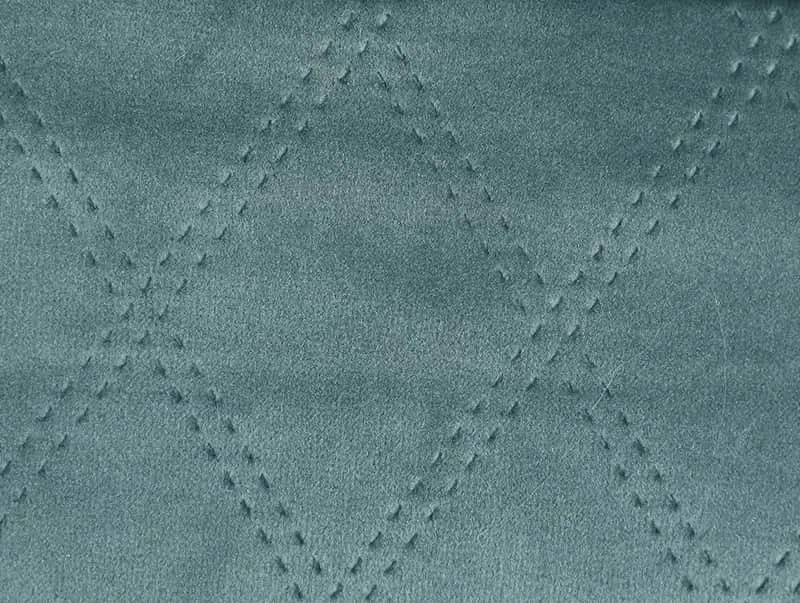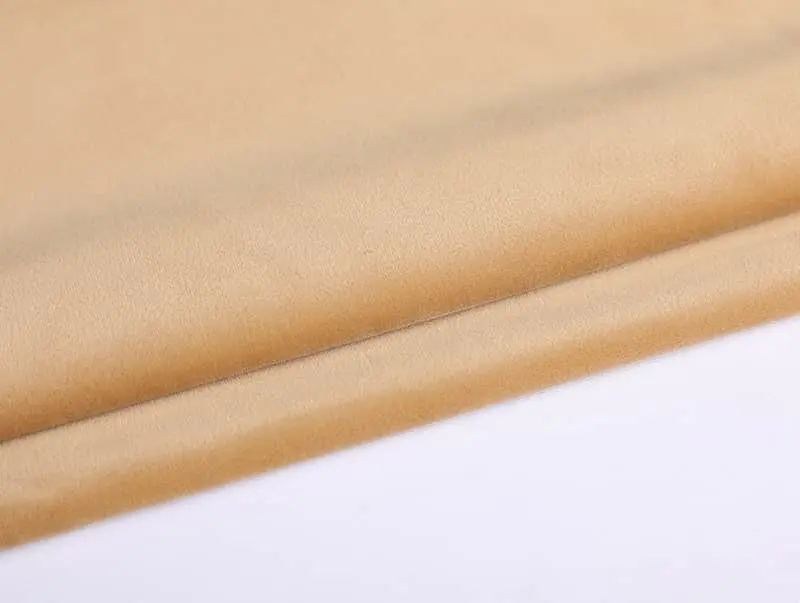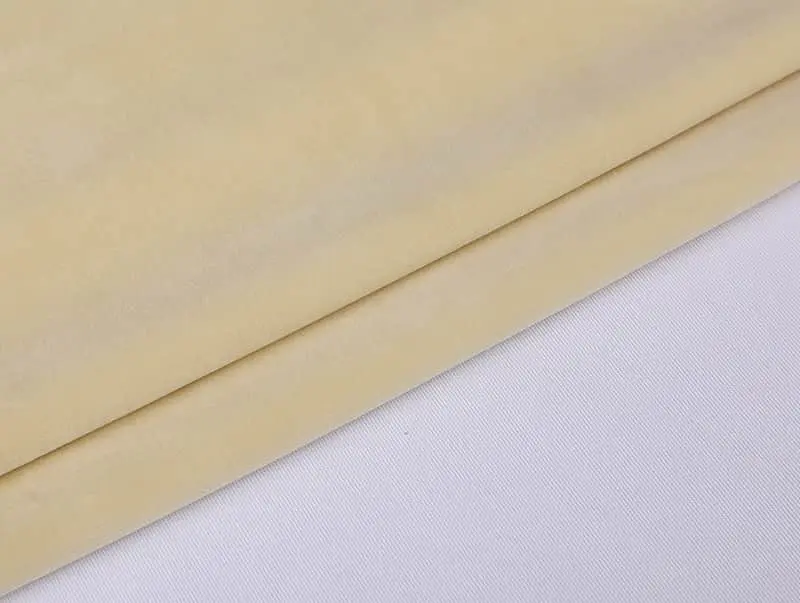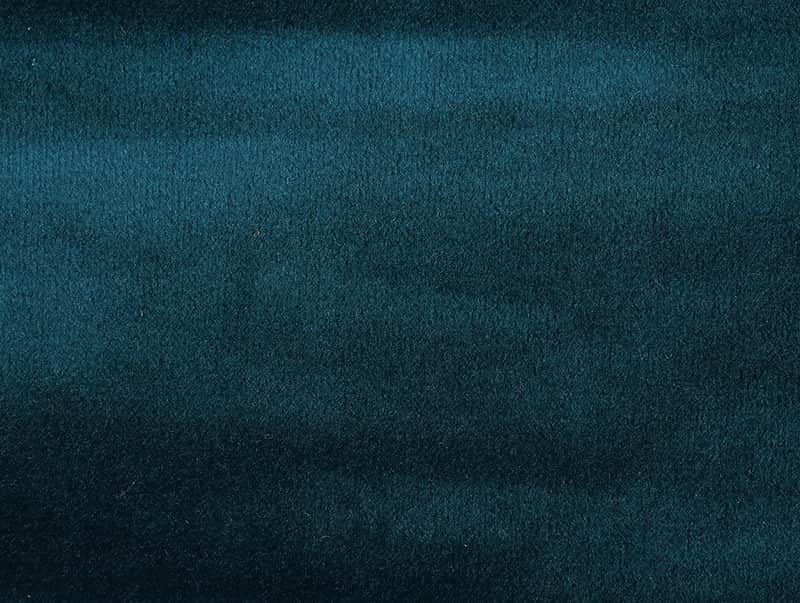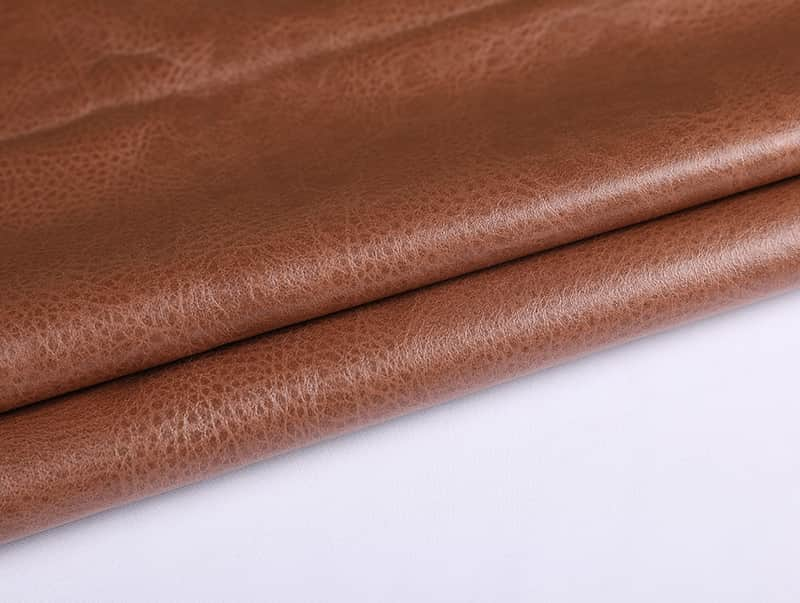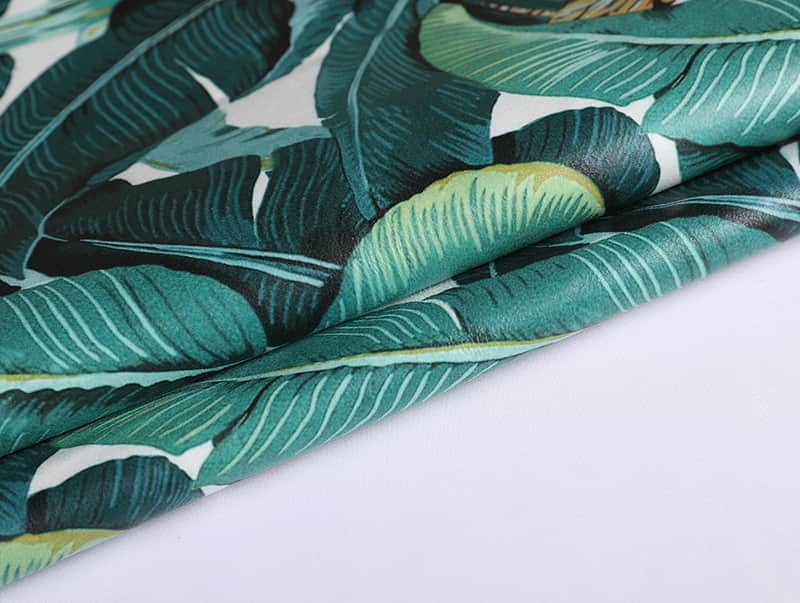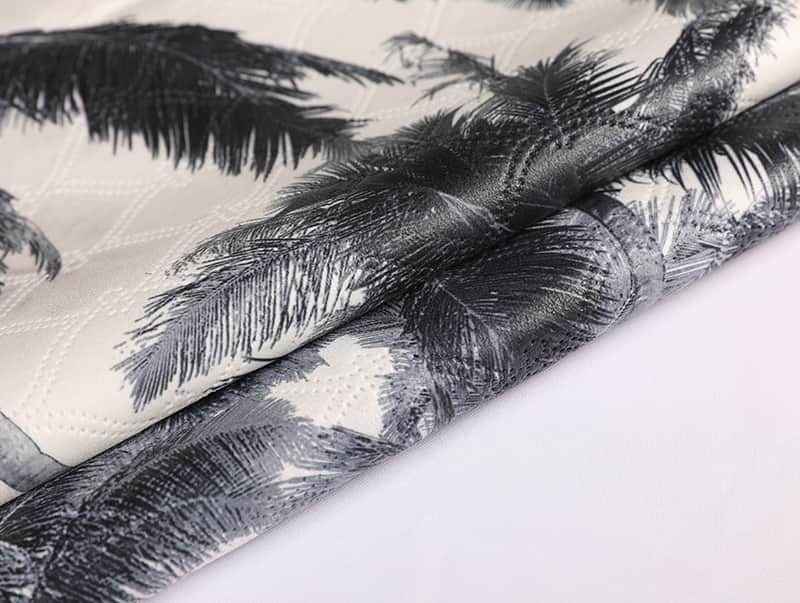Automobile headliner fabric is typically composed of a combination of various materials to meet specific performance requirements. The exact chemical composition can vary between manufacturers and product lines, but here are the common materials used in the production of automobile headliner fabric:
Fiber: The primary component of headliner fabric is often a fiber material that provides strength, durability, and texture. Common fiber materials used include:
a. Polyester: Polyester fibers are widely used in headliner fabrics due to their strength, abrasion resistance, and resistance to wrinkling and shrinking.
b. Nylon: Nylon fibers are known for their high tensile strength and durability. They can be used alone or blended with other fibers to enhance the fabric's performance.
c. Rayon: Rayon fibers, derived from natural cellulose, offer a soft and luxurious feel to the fabric. They can be blended with other fibers to improve texture and appearance.
Foam Backing: Many headliner fabrics have a foam backing that provides cushioning, insulation, and sound absorption properties. The foam backing is typically made from polyurethane foam, which offers good insulation and vibration damping characteristics.
Adhesive Coating: Headliner fabrics may have an adhesive coating applied to one side. This adhesive allows the fabric to be securely bonded to the headliner substrate, usually a rigid panel or board within the vehicle's roof structure. The adhesive used can vary but is often based on synthetic polymers such as acrylic or latex.
Additional Additives: To enhance the performance of the headliner fabric, various additives may be incorporated during the manufacturing process. These additives can include flame retardants, UV stabilizers, antimicrobial agents, and colorants to provide specific properties and meet industry standards and regulations.
It's important to note that the specific composition and formulation of automobile headliner fabric can vary based on factors such as manufacturer specifications, desired performance characteristics, and regulatory requirements in different regions. Therefore, it's recommended to consult the specific product information or contact the manufacturer for detailed information regarding the chemical composition of a particular automobile headliner fabric.Besides,Automobile headliner fabric serves several important functions in a vehicle. Here are some of the key functions of automobile headliner fabric:
Aesthetic Appeal: Headliner fabric plays a significant role in enhancing the interior appearance of a vehicle. It covers the exposed area on the roof, creating a clean and visually appealing look. The fabric comes in various colors, patterns, and textures to match the overall interior design scheme.
Sound Absorption: Headliner fabric helps to reduce noise and vibrations inside the vehicle cabin. The fabric, along with any foam backing, absorbs and dampens sound waves, resulting in a quieter and more comfortable ride. It helps to minimize road and engine noise, improving the overall acoustic environment.
Thermal Insulation: The fabric and foam backing provide thermal insulation, helping to regulate the temperature inside the vehicle. They act as a barrier, reducing heat transfer between the roof and the cabin. This insulation helps to keep the interior cooler in hot weather and warmer in cold weather, enhancing comfort for the occupants.
Concealing Wiring and Components: The headliner fabric covers and conceals wiring, brackets, and other components that are located in the roof area. This provides a neat and organized appearance while keeping these elements out of sight.
UV Protection: Headliner fabric may have UV-resistant properties, helping to protect the vehicle's interior from the damaging effects of sunlight. The fabric prevents fading, discoloration, and deterioration of other interior materials exposed to UV radiation.
Safety and Airbag Compatibility: The headliner fabric is designed to be lightweight and compliant with safety standards. It is often treated or manufactured to be compatible with airbag deployment. This ensures that the fabric does not hinder the proper function of airbags in case of an accident.
Easy Maintenance and Cleaning: Headliner fabric is typically easy to clean and maintain. It can be vacuumed or spot-cleaned to remove dust, dirt, or stains, allowing for convenient upkeep of the vehicle's interior.
Durability and Longevity: Headliner fabric is engineered to be durable and resistant to wear and tear. It undergoes testing for strength, abrasion resistance, and colorfastness to ensure it withstands the rigors of daily use and maintains its appearance over time.
Overall, automobile headliner fabric combines functionality, aesthetics, and comfort to create a visually appealing and comfortable interior environment for vehicle occupants.


